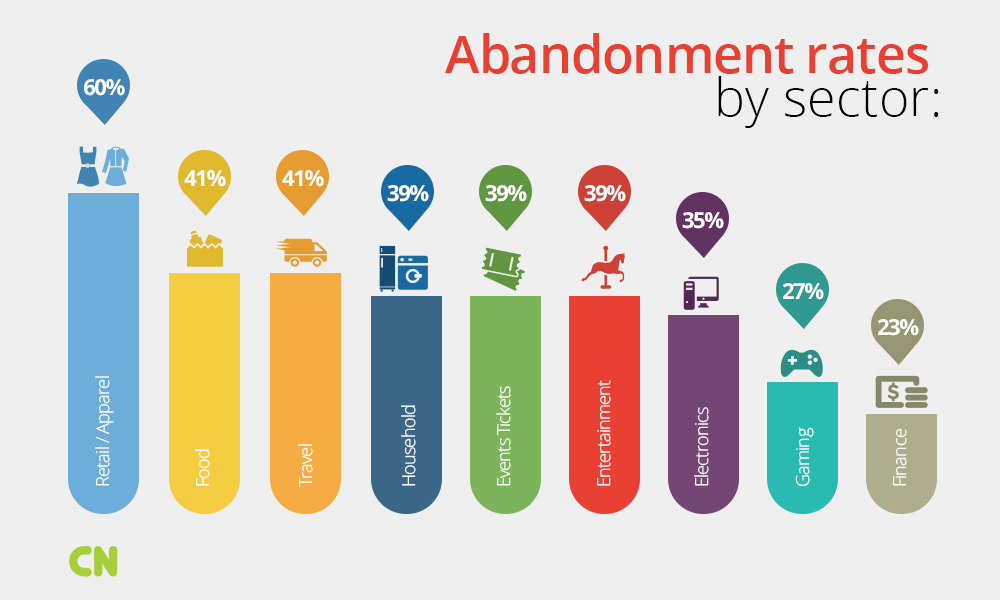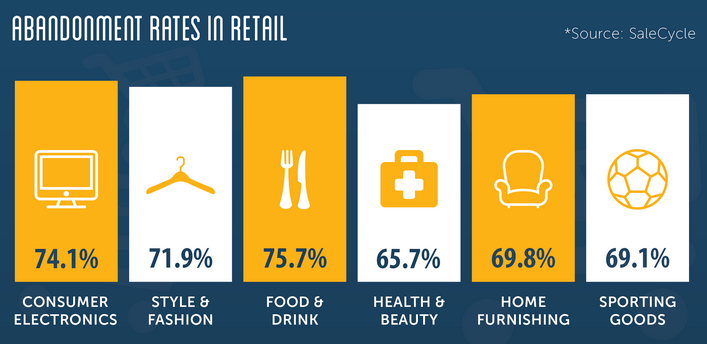Ecommerce optimization through artificial intelligence shifted from its backend role to become a prominent aspect that directs consumer product discovery, evaluation and purchase decisions. The modern shopping experience is fully supported by AI through ChatGPT’s real-time shopping features together with personalized recommendation engines.
Online sellers who ignore changing market conditions will start to disappear from digital platforms but forward-thinking companies will gain substantial benefits because product discovery now depends on conversations instead of simple clicks.
This article identifies all changes taking place in the industry along with specific business implications of ChatGPT’s shopping functions while providing step-by-step guidelines to make your store ready for the AI shopping revolution.
The Rise of Conversational Shopping
Traditional eCommerce starts with a keyword. AI-led commerce begins with a conversation. Instead of typing “best headphones under $200”, today’s consumer might ask:“I need a noise-cancelling headphones that work well for flights and long work calls, ideally under $200.”
The difference is subtle but powerful. This new model understands intent, context, and personalization. And ChatGPT, with its shopping and search integration, is turning into a digital shopping assistant that responds to these prompts with curated, real-time results.
ChatGPT’s Shopping Features: What’s New
The shopping functionality and browsing options within ChatGPT enable users to:
-
- Access fresh product information which draws data from the internet
- Suggests shopping options through a combination of user goals along with the context of their conversation
- Suggest alternative headphone styles by asking “Do you prefer over-ear or in-ear headphones?”
The platform generates links to product pages from reliable websites which display product images along with specifications and customer reviews and pricing information. These aren’t gimmicks. They’re functional pathways that guide users through entire buyer journeys without ever visiting a traditional search engine or marketplace homepage.
The Broader AI Shopping Shift
ChatGPT isn’t alone. The AI shopping era is being shaped by:
Google’s Search Generative Experience (SGE): AI-generated summaries that include products and reviews
Amazon’s AI integrations: Personalized suggestions based on behavior and previous prompts
Visual search tools: Like Google Lens and Pinterest Lens enabling product discovery from images
AI-powered chatbots and product advisors: Custom-built for Shopify and WooCommerce stores
The new battleground? Visibility within these AI systems. The principles for this market diverge completely from conventional SEO or advertising techniques.
How Online Sellers Should Respond: Your AI-Era Strategy
1. Optimize for AI Discovery, Not Just SEO
AI assistants base their operations on clear structured data with descriptive information instead of relying only on keywords.
What to do:
Product titles should include detailed features while descriptions should be both lengthy and feature-oriented:
E.g., “Men’s Waterproof Hiking Jacket – Breathable Shell – 3 Zipper Pockets – Under $100”
Schema markup should be added to every product page with price information as well as availability and review and image details.
Use natural language and FAQs on your pages that AI can pull from directly
2. Build AI-Friendly Content Ecosystems
The blog content, help center materials and guide pages serve two functions: they enhance search engine optimization and provide data sources for ChatGPT and other AI models.
What to do:
The articles should use questions which mirror how we speak (For example, “What’s the best carry-on backpack for digital nomads?”)
Use conversational tone and include clear, actionable answers. The creation of comparison posts (Product A vs. B), “best for” guides, and “how to choose” articles should be a priority.
The content needs to include interlinks which lead to relevant product pages.
3. Get Your Products in External Feeds Used by AI
AI platforms retrieve product information through shopping aggregators instead of accessing data from individual websites.
What to do:
Your website must appear on both Google Shopping and Bing Shopping as well as suitable marketplaces, if you’re selling online. Product feeds must be submitted through the Google Merchant Center platform. Join affiliate networks (ShareASale, Rakuten, etc.) if ChatGPT or other AI tools access their feeds
4. Invest in Smarter Product Imagery and Alt Text
AI tools which use visual search or show images in chat require both quality images and alt text for their operation.
What to do:
-
- Upload multiple high-resolution images per product
- Add multiple images that demonstrate product size and show its usage and material features
- Write detailed alt text descriptions for product images that include description of the image (Example: “Leather crossbody bag – tan color – zip closure – worn over shoulder”)
5. Prepare for AI-Powered Conversations on Your Own Store
AI tools beyond ChatGPT enable customers to interact with your store through AI assistant solutions.
What to do:
AI chatbots integrated into your store can:
-
- Recommend products
- Answer questions in real time
- Provide guided shopping experiences
You can establish AI chat functionality through Heyday, Tidio AI and Shopify Magic tools which integrate AI chat into your store. You should track customer inquiries to enhance your content creation and product descriptions.
6. Maintain accurate inventory and pricing data across all sales channels.
AI assistant functions through data access that stays current in real time. Data inconsistencies between platforms result in customer distrust and lost sales opportunities.
What to do:
-
- The inventory should be synchronized between your website and Google Shopping and all feed channels.
- Use tools like Shopify Flow, Zapier and custom scripting tools help automate the update process.
- The quick removal of out-of-stock products from feeds should be enabled for both flagged and unflagged products.
7. Detailed reviews with context
Ai tools like ChatGPT uses publicly accessible reviews to determine the strengths and weaknesses of a product
What to do:
Ask customers to mention: What they used the product for, how it compares to alternatives, Specific features they liked or disliked. Your product pages should display reviews prominently for customers to view.
8. Monitor What AI Says About You
You can ask ChatGPT:
“For example: What are the best organic skincare brands for dry skin?” You must intervene when your brand appears in incorrect information or fails to get mentioned in the results.
What to do:
-
- You should ask ChatGPT and Bard and other AI tools to generate information about your specific industry on a regular basis.
- Perform an audit of the content that AI tools present by analyzing blogs and reviews along with Reddit posts and forums.
- Submit your content to trusted sources for potential reference by AI tools.
9. Experiment with AI-Generated Content (Strategically)
The ability of AI systems to produce large amounts of supporting content helps businesses maintain their agility.
What to do:
Use AI tools to generate product descriptions and meta tags and FAQs but review the content to maintain accurate information and correct tone. You need to prioritize quick market launches of your campaigns and guides during seasonal trends. Don’t forget to use A/B testing to determine which content performs best when AI summarizes it.
10. Stay Agile and Monitor Industry Changes
The AI shopping ecosystem undergoes rapid development at this time. The methods which succeed today may experience alterations tomorrow.
What to do:
Subscribe to updates from OpenAI, Google AI, Shopify, and Amazon and regularly monitor competitor listings through AI tools for visibility benchmarking purposes. Also, consider consulting with AI-savvy eCommerce strategists like Griffon Webstudios.
Adapt Now—Not Later
We are moving into a time where search bar is a conversational tool while category filters are intelligent assistants and the homepage is wherever the products are first recommended. Every e-commerce business needs to adapt to the AI shopping era because it has become the norm for users to interact with the brand
Your business will become more discoverable and trustworthy and profitable as soon as you bring your store and content and data into alignment with AI systems.


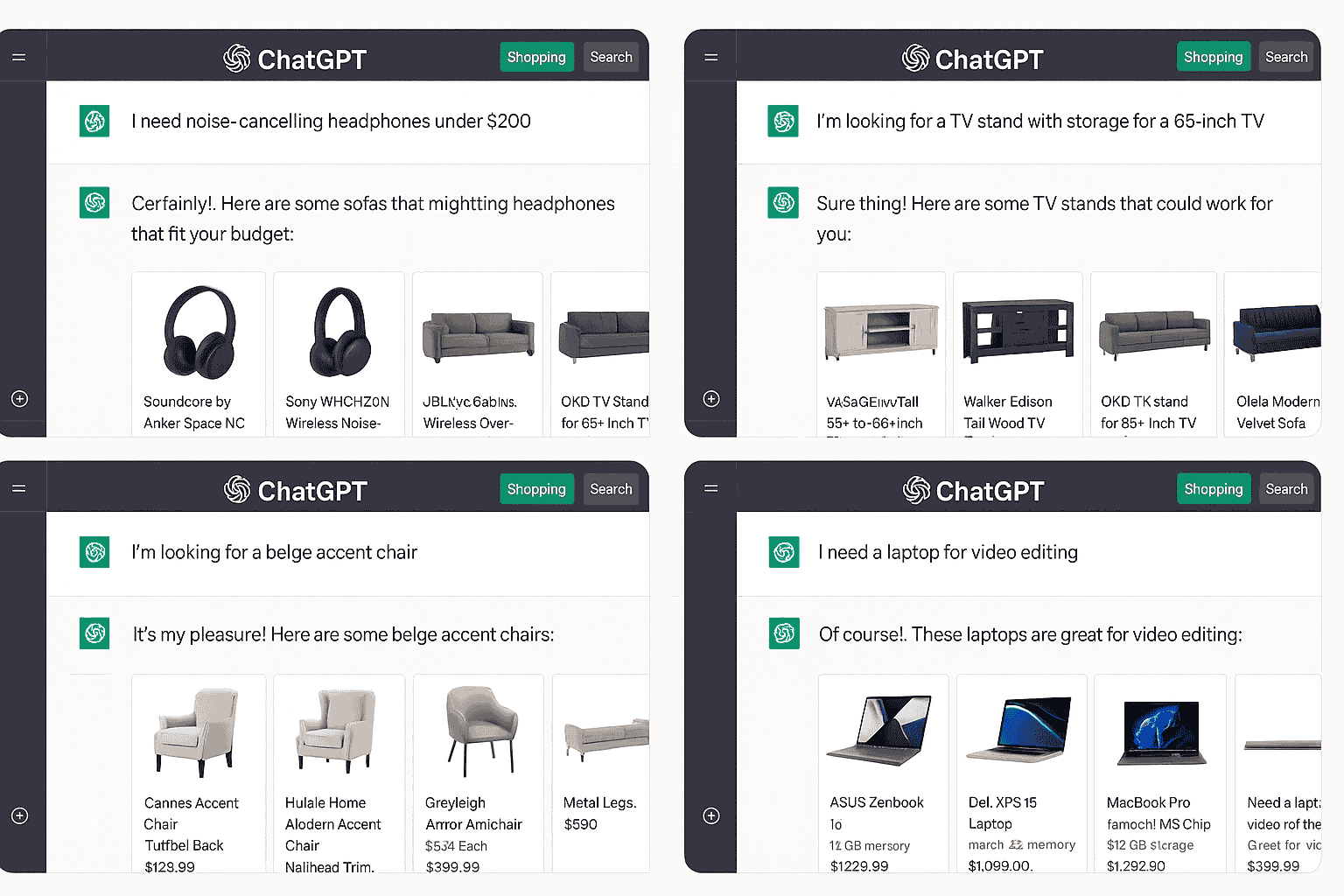

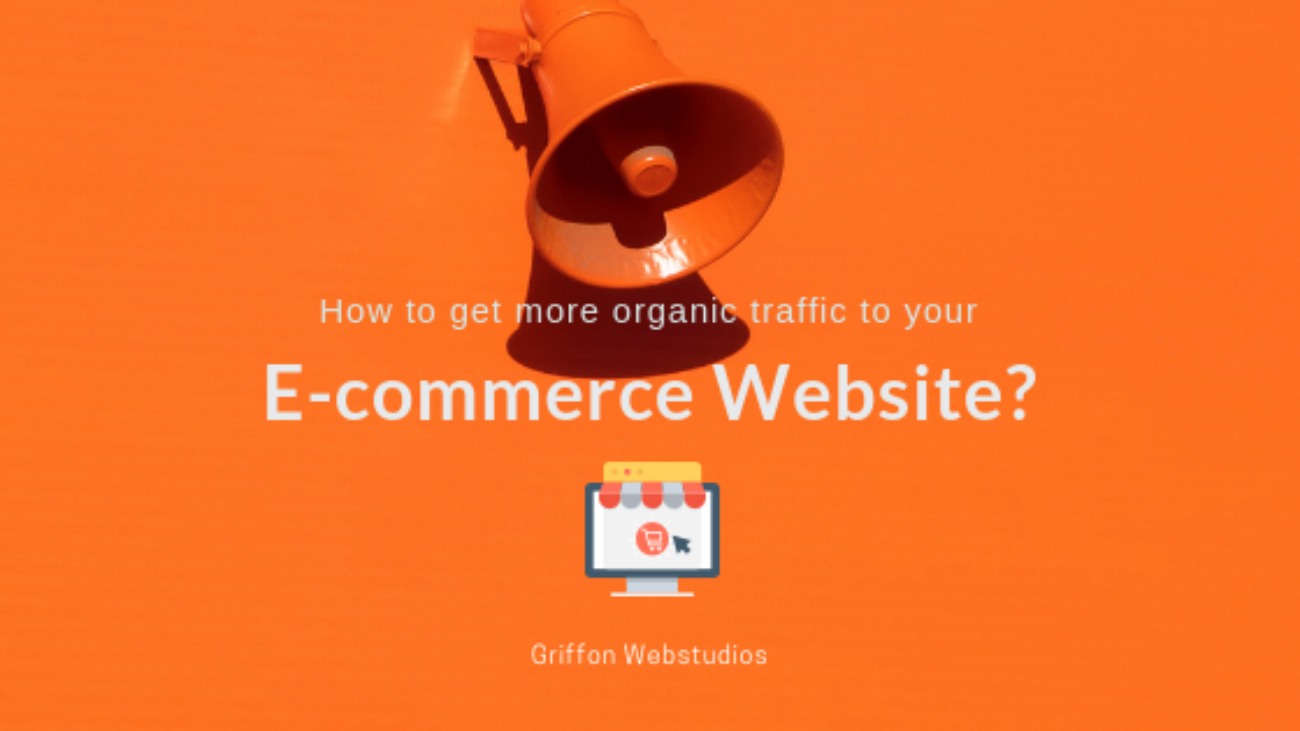
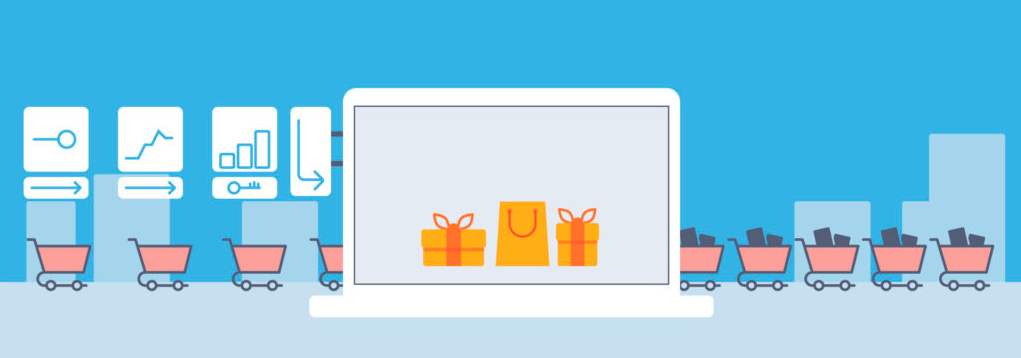
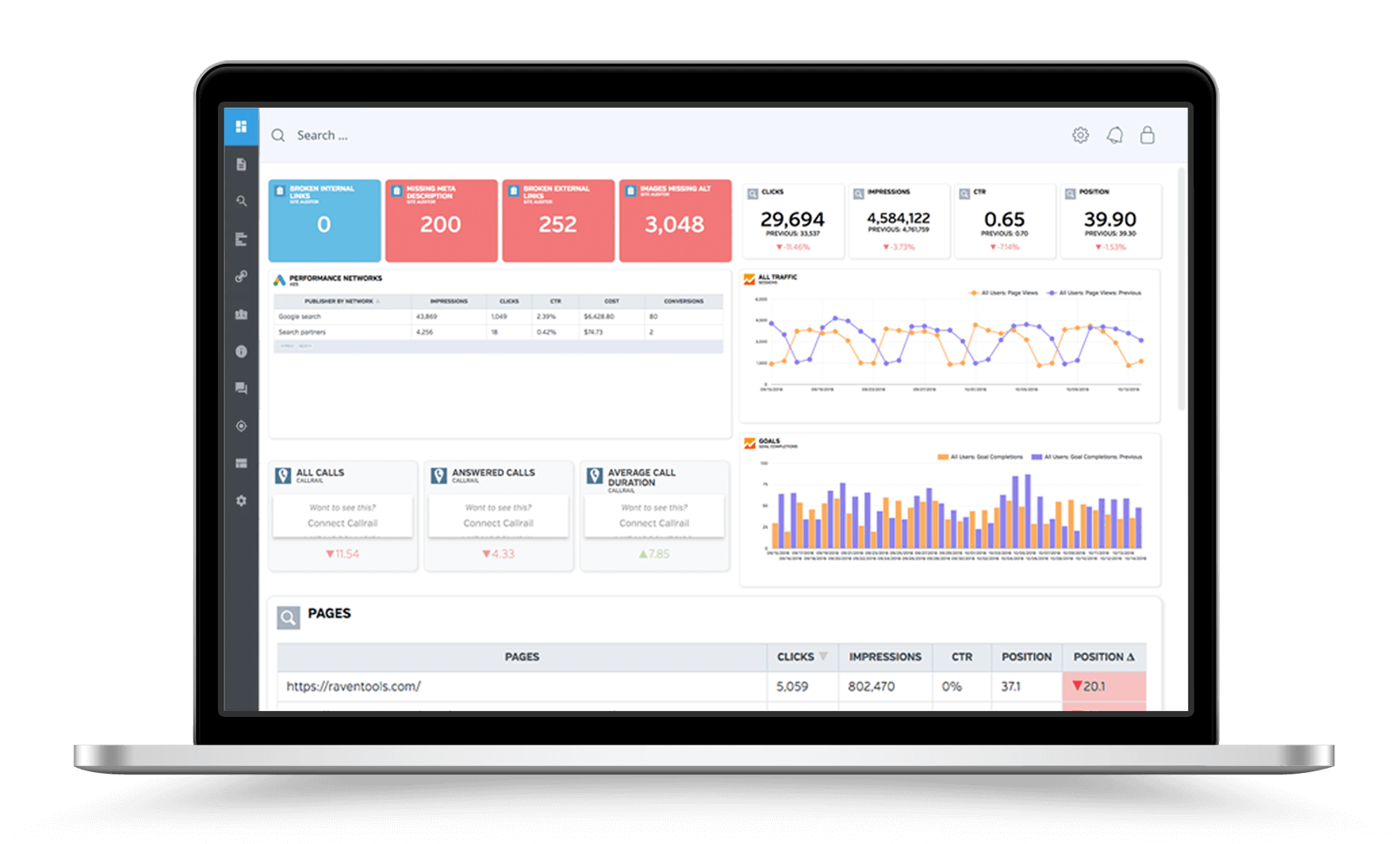 One easy way to do so is with
One easy way to do so is with 
